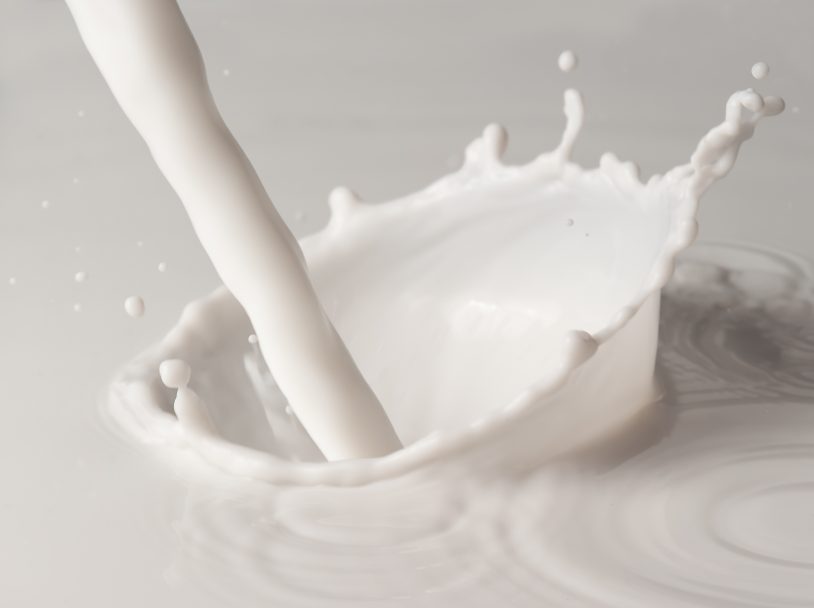 “Milk does the body good.” From an early age, you’ve been told this time and time again. Why? Because it really is good for you!
“Milk does the body good.” From an early age, you’ve been told this time and time again. Why? Because it really is good for you!
Let us start by saying that nutrition is based on science, not opinion. And, according to science, milk plays a key role in your overall health and wellness. This beverage is packed with nutrients, including protein, calcium, potassium and vitamin D. Beyond bone health, milk can also help reduce the risk of high blood pressure, heart disease and diabetes, among other chronic diseases.
That’s all fantastic news, right? Leading to our next question, what exactly is milk?
Today, it seems that answer depends on who you ask. The Maryland Farm Bureau and likely all of your local dairy farmers will agree that milk is “a liquid produced by the mammary glands of mammals.” That’s right — warm-blooded animals that are covered in fur.
So what about all of the non-mammal “milk” options that fill your local supermarket? Surely you’ve noticed there’s no shortage to dairy alternatives these days. From almonds to cashews to coconuts, it seems that just about every plant can be converted into a milk. Or so they claim. But, after taking a closer look at the ingredients, we had to ask, are ground nuts mixed with water and a few other substances really “milk”?
Former Maryland dairy farmer Billy Bishoff weighed in on this ongoing debate. “Maintaining consumer confidence is a top priority for any farmer, but it’s especially critical to dairy farmers as the industry is being hit hard.” He further explained, “Attaching the name “milk” to any beverage can be very misleading to buyers as they often think dairy milk and plant-based juices have the same nutritional value. It is important to dairy farmers to maintain the reputation of the product they produce and ensure the consumer is getting the value they expect when they buy milk.”
Recent research has found that while plant-based “milks” may offer lactose-free options for consumers, the dairy (mammal) version, remains the most nutritious option with more protein and calcium per serving. Did someone say lactose intolerant? No problem! It’s important to note that when it comes to dairy milk, there are multiple options to fit different lifestyles and personal preferences.
According to the U.S. Department of Agriculture’s Food Guide Pyramid, Americans should be consuming two to three servings of dairy (milk, yogurt, cheese) each day. And for all of our nut lovers, we’ve got you covered, too! Separate from dairy servings, the USDA also recommends two to three servings of meat, poultry, fish, dry beans, eggs and nuts.
Unfortunately, most Americans consume less than the recommended daily dairy serving and are losing out on all of the science-backed health benefits that milk has to offer. At the same time, the well-being of dairy farms across the nation is also being jeopardized. An oversupply of dairy milk and plunging prices are making it very difficult for local farms to sustain their family operations.
It’s a sad situation.
So, how can you help local dairy farmers and boost your own health? Most milk is local so take part in the Buy Local Challenge. Encourage your friends and family to pick up an extra gallon of milk — drink it, cook with it, donate it! Purchasing milk is a win-win for your health and the well-being of some of the most hard-working and dedicated farmers in the field.
Hungry for more? Sign up for our newsletter and find us on Facebook, Twitter and Instagram.

